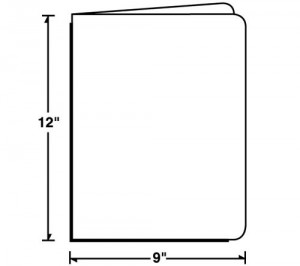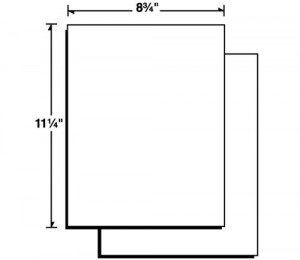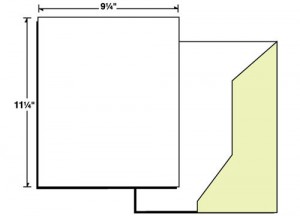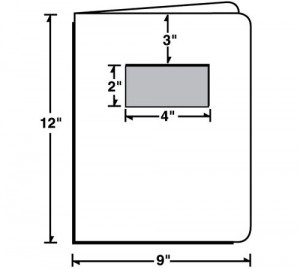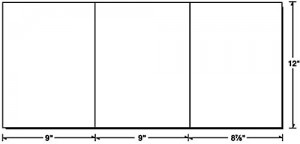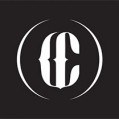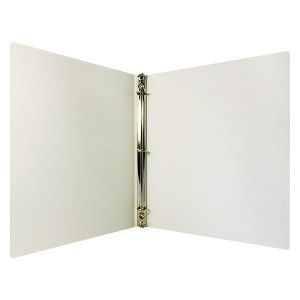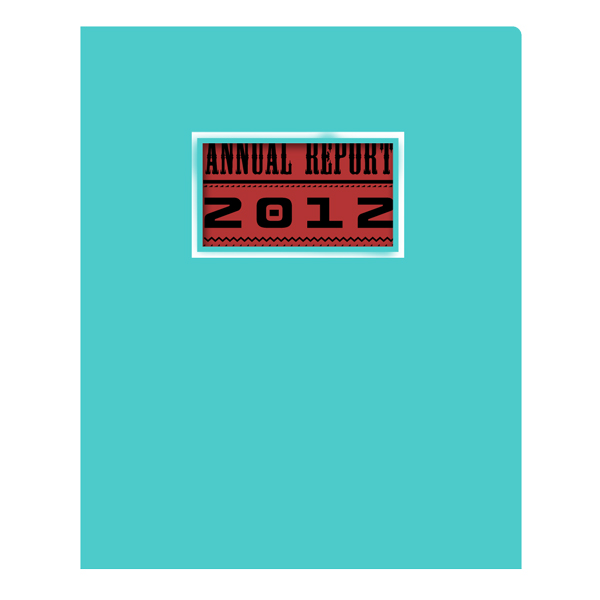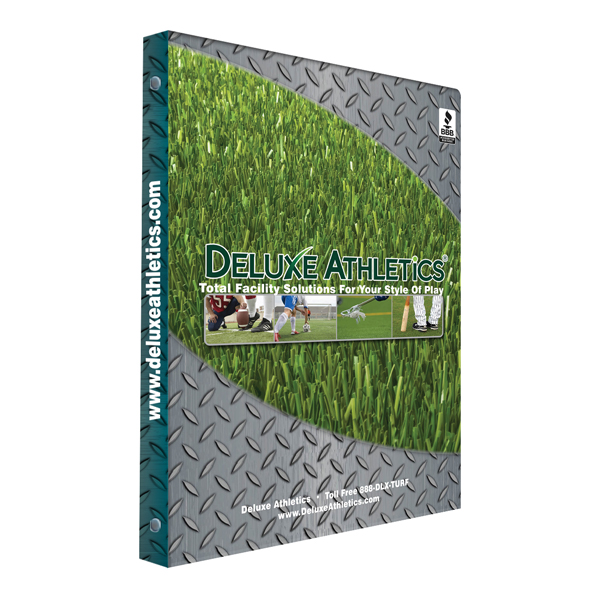When you prepare to give a presentation, you pick out a professional outfit to make you look your best. Report covers are like business attire for your presentation materials — they help you make a good first impression by making your documents look as fantastic as you do.
Of course, nobody has just one outfit in their wardrobe—sometimes you want a full-piece suit and sometimes you need something a little more business casual. Report covers are just as diverse, with different cover types available for different presentations.
One-Piece Covers
A one-piece report cover wraps around your report like a magazine cover and allows documents to be either bound together at the spine with staples or left loose inside like a folder. It can also be outfitted with a file tab so that when the presentation is over, your audience can easily store the report in a cabinet or drawer. One-piece covers are well suited for when you only want to present a small amount of information, but you want it to look its very best.
Two-Piece Covers
For bigger presentations, you may need more storage room than what is provided by the spine of a one-piece report cover. A two-piece cover is best for when you want to make a large booklet or packet of information to accompany your presentation. Two-piece covers must be bound together with your report, but the result is a presentation package that looks and reads like a book. This is a good choice for seminars, conferences and other situations where you would give a longer presentation with a greater amount of material.
Pocket Covers
A two-piece cover page for a presentation can be outfitted with pockets for extra storage space. Pockets go onto the back cover and can be horizontal or vertical depending on your design preference and storage needs. They’re the perfect place to store any loose presentation materials you might want to distribute, such as a pamphlet or spreadsheet. They can also be customized with the inclusion of a business card holder so that you can easily distribute your contact information after the conclusion of your presentation.
Die-Cut Window Covers
If you give a lot of presentations and you want to have a different cover design for each one, but you don’t want to spend the extra money each time, try a cover with a die-cut window. This is a hole in your front cover that lets you see the contents inside, so all you have to do to alter your cover design is to change the first page of your presentation package. This allows you to use custom titles for different presentations or even include the names of the audience members who will be receiving the packet. Your audience will have a stronger response to this kind of personalized touch over a generic design.
Three-Panel Covers
When you want a greater amount of design space to make a bold design, switch to a three-panel cover. Much like a standard one-piece cover, these are made from one piece of folded stock and can be outfitted with a spine attachment to make binding your materials to the cover a simple in-house project. The additional panel is like having a second front cover, allowing you to better engage your audience and pull them into your presentation. Don’t forget that the internal panels can also be customized with a pattern, design or even additional text and information.
The key to successfully utilizing presentation covers is knowing when to use the right one to make the biggest impact possible. The length of your presentation, the amount of materials you have and the topic that is being discussed are all variables that go towards determining the best cover type for your presentation.
This post is a part of our Report Covers 101 product guide.

